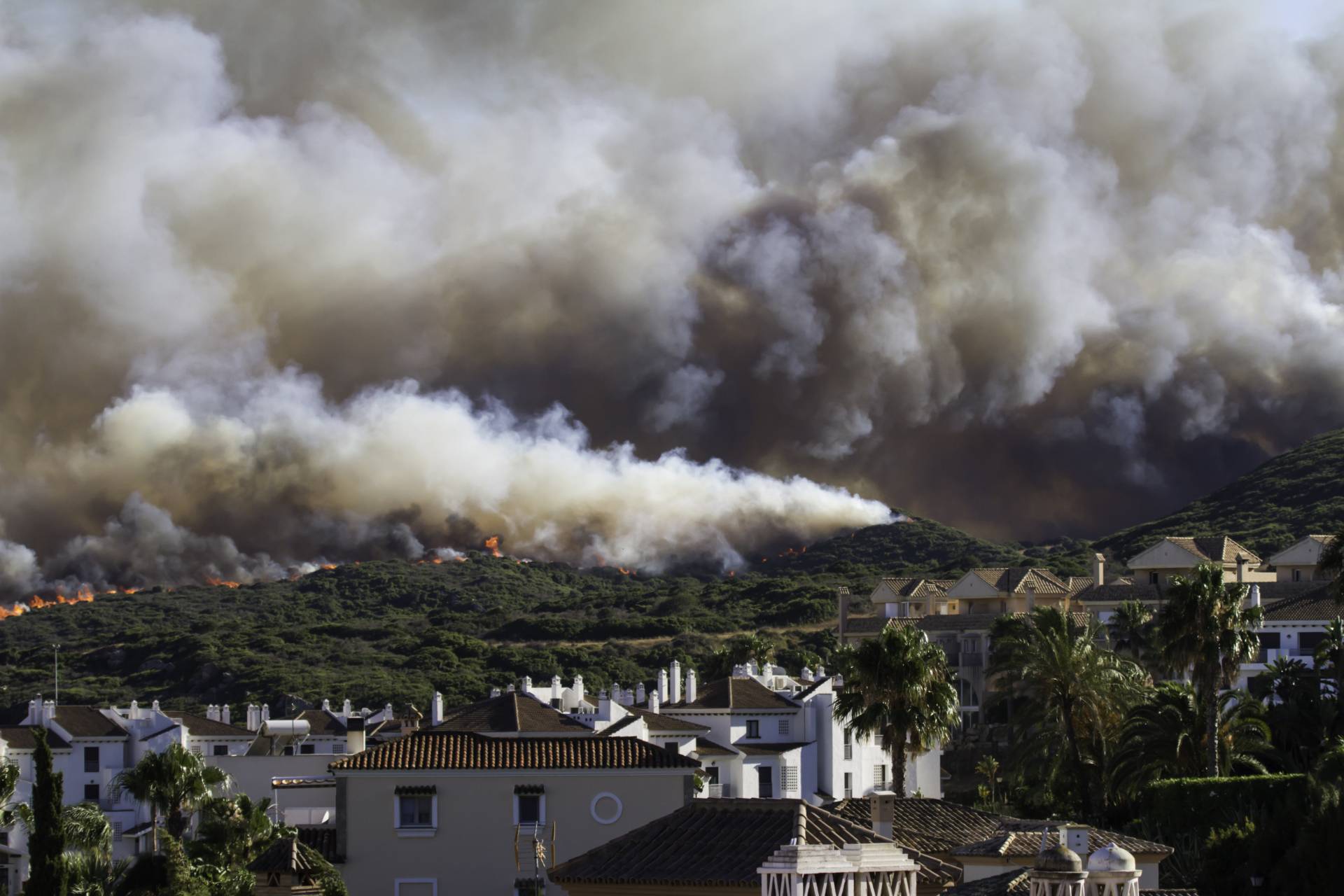Some of the top homes in many of the best places to live are, unfortunately, in wildfire territory. In California and many other western states, as well as states in the midwest, southeast, and northeast, (basically anywhere in the United States) wildfires can destroy homes and leave a smoldering path of devastation.
In 2020, over 2.4 million acres were burned in California alone, and roughly 10,000 structures were damaged or destroyed in our state. Most tragically, an estimated 33 people lost their lives because of these California fires. And these stats are only California.
No matter where you live, you should at least research the chances of a wildfire. But if you are purchasing a home in wildfire territory, you need to think long and hard about what home you buy and how you manage the property after your purchase.
Buying a Home in Wildfire Territory? Here’s What You Need to Know
The Cities and Areas with Greatest Fire Risk
Probably the most important aspect about buying a home in wildfire territory is to understand what locations, including what cities, have the highest risk. It may come as no surprise that some of the highest-risk cities are in California. However, wildfire-risk areas include cities in the upper Midwest, the Great Plains, and the Pacific Northwest.

According to the Fire Risk Information website from Redfin, the city with the highest risk for wildfires in San Jose, California, the heart of Silicon Valley. In this city, roughly 32% of buildings have a “significant fire risk” from wildfires. Los Angeles (#5) and Sacramento (#10) are in the top ten as well.
Some of the cities on the list come as little surprise: Colorado Springs and Portland, Oregon are #2 and #3 on the list. #4 on the list, Wichita, Kansas, may be unexpected, at least to people unfamiliar with the area. #6 is New Orleans, while #7 is St. Paul, Minnesota. Neither of these two cities are commonly associated with wildfires. Also on the list is Oklahoma City (#8), and Aurora, Colorado (#9).
The lesson from this list seems to be that no matter where you live, there is a chance of wildfires, so you should always be prepared for the possibility. No matter where you live, research the chances of a wildfire and see if you should adjust your home search based on risk or other factors. If risk is high, you will likely need additional home insurance or pay higher insurance premiums.
The specific city only plays a small role in your fire risk. Different neighborhoods within that city also have varying levels of risk. High-risk neighborhoods generally have lots of trees, bushes, and other vegetation, as well as homes that are tightly packed together.
It never hurts to check the municipality to make sure measure are in place to reduce the chances of a wildfire, as well as the potential damage if a fire starts. Even contacting the fire station and asking about their fire-reduction procedures could help. If, for whatever reason, you feel there is too much risk and not enough preparation, you may want to change where you purchase a home.
You can’t do much about the city’s overall risk for fire (at least not directly), but regardless of where you purchase, you can make changes to your own property, changes that could reduce your chances of seeing a home destroyed.
What Can You Do to Decrease Risk When Buying a Home in Wildfire Territory?
If you buy a home in wildfire territory, there are a variety of considerations. The location of the home, how the home was built, the proximity to other structures, the nature of those structures (wood or metal, for example) are all issues that need to be considered.
Proper Landscaping
In wildfire territory, landscaping is critical. You not only need to maintain a clean area that is free of flammable leaves and sticks, you should make adjustments to the layout of your property to ensure better safety.
Understand the Three “Home Ignition Zones”
According to the National Fire Protection Association, there are three “zones” surrounding your home. With this concept, you can make strategic changes for how you approach your landscaping.
First, there is the immediate zone. In this zone, which stretches 5 feet out from your house, you need to be extremely diligent about cleaning leaves, sticks, and other flammable debris. This is the most important of all the zones, and requires the most attention. In high-risk areas, there should be no trees, bushes, or shrubbery.
In the “intermediate zone,” it’s important to remove vegetation, and trees, and shrubs should be limited to small clusters of only two to three plants. Larger trees should have spacing of roughly eighteen feet.
Finally, there is the extended zone. The goal for this area, which is 30 to 100 feet from your home, is not to eliminate fire but to disrupt its path. With distances between canopy tops and cleared vegetation, proper management of this zone will reduce your chances of fire.
Remember that these zones start from the outermost point of your housing structure. So if have a house with no deck, the immediate zone starts, essentially, at your outer wall. However, if you build a deck, the immediate zone would be extended outwards, ending five feet from the edge of the deck. If you build a deck, therefore, you’ll need to consider how the immediate zone will change and what adjustments need to be made.
Fire-Resistant Materials
You can reduce the chances of a significant problem by using fire-resistant materials on the exterior of your home. Fire-resistant siding has become especially popular in wildfire territory. Fire-resistant insulation, lumber, doors, and other building materials can be useful as well. While they cost more, they could possibly save your home in the event of a catastrophic wildfire.
Helping You Afford the Gorgeous Home You Deserve
Whether you are searching for a home in wildfire territory or in an area that has never been impacted by fires, we can help with the affordable mortgage you need. Contact our staff and let us help with your next purchase.
Also, if you need a home-renovation loan for fire-reduction projects such as new landscaping or fire-resistant materials, let our staff help right away!


